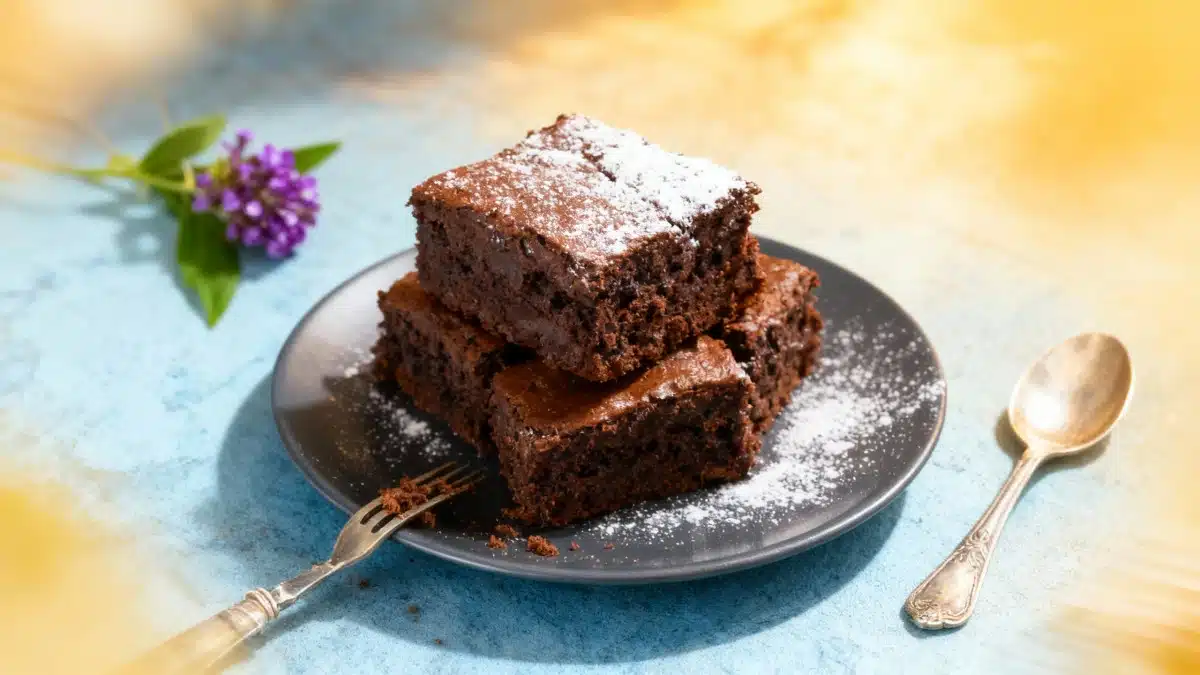Feeling a sugar rush that’s more like a permanent residency in your bloodstream? If your blood sugar is running wild, you might be worried about scary words like heart attack, stroke, neuropathy, and even blindness. But don’t panic — your kitchen is armed with powerful everyday foods that can help keep your glucose in check. Turns out, some doctors really are surprised by how small changes on your plate can make a big impact on your health.
Why High Blood Sugar Is a Big Deal
Chronically high sugar in the body isn’t just a minor nuisance. Over time, it can lead to a whole host of problems: heart attacks, strokes, nerve issues, vision loss, weight gain, and a fair share of anxiety. Keeping your blood sugar (glycemia) in a healthy range is crucial. Ideally, your fasting blood sugar should be between 0.9 and 1 g/l. If, after two tests, it’s at or above 1.26 g/l, that’s officially diabetes territory.
The World Health Organization doesn’t mince words, labeling diabetes one of the main global killers, right alongside high blood pressure and smoking. And the numbers are climbing relentlessly. The 2019 International Diabetes Federation Atlas counted over 4.5 million people with diabetes in France alone — with about a million unaware they even have it. And if you think this is just someone else’s problem, think again; the risk is growing for all of us.
The Two Main Types of Diabetes: Not All Created Equal
There are two types of diabetes. Type 1 is connected to a lack of insulin secretion from the pancreas, while type 2 — the most common kind — is caused by the body’s poor use of insulin over the years. Type 2 diabetes sneaks up gradually and insidiously after many years, making it easy to overlook until things get serious.
For both types, keeping blood sugar steady is the best way to avoid complications. Lifestyle changes take the spotlight here: regular physical activity, and yes, a healthy, balanced diet. Food is front and center in managing type 2 diabetes. As Dr. Eric Ménat cautions, if diet alone doesn’t bring blood sugar down, medication is unavoidable.
Insulin is a hormone that helps regulate blood sugar level. When you eat, blood sugar rises; the pancreas releases insulin, which encourages your muscles and liver to store sugar. Without insulin, sugar would spiral out of control, damaging blood vessels and beyond.
12 Everyday Foods to Naturally Lower Blood Sugar
What you put on your plate matters — a lot. Replacing certain foods with healthier options can make a meaningful difference. Here are foods that actually help control or reduce glycemia (and yes, you can find them at your local grocery store):
- Oats: Packed with fiber, oats are sold without added sugar. Research shows that eating oats reduces diabetes risk. They’re also known to enhance insulin sensitivity.
- Cinnamon: Not just a warming spice, cinnamon is rich in antioxidants. Studies prove it helps lower post-meal blood sugar.
- Nuts (such as almonds and hazelnuts): Sure, they’re fatty, but these are the “good” fats! Eaten plain (without salt and not roasted), they decrease insulin resistance.
- Beetroot juice: Those nitrates in beet juice get to work fast, lowering blood sugar within 15 minutes, according to a 2021 meta-analysis in the journal Metabolite.
- Lemon: Loaded with vitamin C and antioxidants, lemon reduces glycemic index and helps regulate blood sugar. For maximum benefit, drink freshly squeezed lemon juice without added sugar, or add it to food or herbal teas.
- Spinach and leafy greens: Regular consumption lowers type 2 diabetes risk by 14%, according to a study from the University of Leicester published in BMJ in 2010.
- Avocado: Full of good fats and especially soluble fiber, avocados are valuable for diabetics because they help regulate blood sugar.
- Green tea: Rich in epigallocatechin gallate (EGCG), this component plays a key role in reducing blood sugar spikes. A 2012 study found that drinking green tea with starchy foods keeps your glucose levels from spiking after meals.
And don’t forget the ground rules: for people with type 2 diabetes, skipping meals is a no-no. Doing so can lead to cravings and out-of-control snacking, not to mention unbalanced eating. It’s also best to avoid foods that dramatically raise your glycemic index.
The Bottom Line: Balance, Not Restriction
The goal isn’t a sugarless, joyless life! In type 2 diabetes, focus on balanced nutrition, making sure you get all the essential nutrients without causing dramatic blood sugar leaps. Complete sugar deprivation isn’t wise either, especially since your treatment (medication or insulin) can lower your blood sugar and you’ll still need some glucose for your body to function.
By paying attention to your recipes and snacks, and making friends with these everyday foods, you give yourself the best chance to keep your blood sugar in check — without losing the pleasure of eating. Here’s to a balanced plate and a happier, healthier you!

John is a curious mind who loves to write about diverse topics. Passionate about sharing his thoughts and perspectives, he enjoys sparking conversations and encouraging discovery. For him, every subject is an invitation to discuss and learn.






